13 Things to Do in Seville: Ultimate Travel Guide to Spain’s Most Vibrant City!
There’s something magical about Seville. Maybe it’s the way the golden light bounces off its historic buildings, or how the scent of orange blossoms lingers in the air. Maybe it’s the rhythm of flamenco echoing through narrow streets or the lively hum of people gathering at tapas bars long after the sun has set. Whatever it is, this Andalusian city has a way of drawing you in.
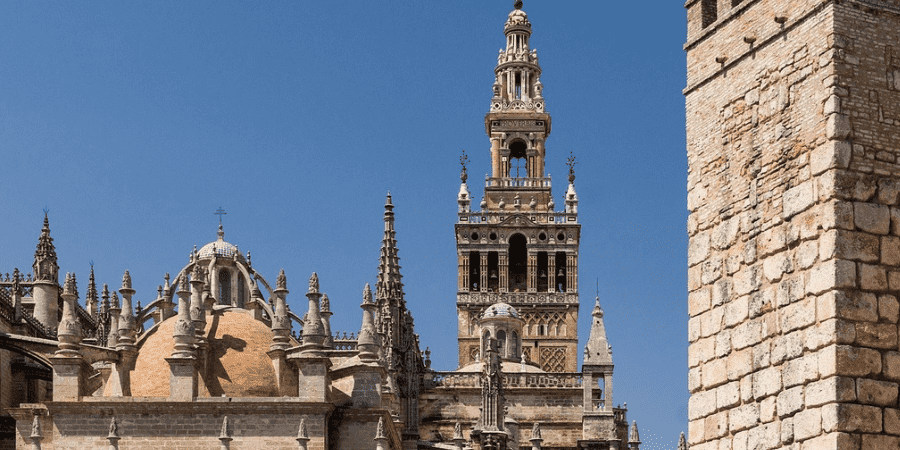
If you visit in summer, you’ll notice that the sun seems reluctant to leave. Thanks to Spain’s unusual time zone, sunset in Seville can be as late as 10 PM, stretching golden hour into golden hours. That means long, warm evenings perfect for exploring. By day, the Real Alcázar, with its Moorish courtyards and intricate tilework, tells stories of kings and conquerors. The Seville Cathedral and La Giralda stand as a monument to the city’s layered history, while the Barrio Santa Cruz charms visitors with its labyrinth of whitewashed alleys.
But Seville doesn’t wind down after dark, if anything, it comes alive. As the city cools, the streets fill with locals and travelers alike, hopping between bustling tapas bars, sipping tinto de verano, and listening to impassioned flamenco performances in hidden courtyards. Stroll through Plaza de España, where musicians and dancers perform under the stars, or head to the Setas de Sevilla for panoramic city views at night.
And if you really want to embrace the local way of life, don’t rush. In Seville, life moves at a different pace. Meals stretch for hours, conversations flow as smoothly as the local sherry, and the city invites you to slow down, take it all in, and simply enjoy.
Top 13 Things to Do in Seville
1. Alcázar of Seville – The Stunning Moorish Palace
Entering the Real Alcázar of Seville feels like walking into a fairy tale. This incredible palace, built as a Moorish fortress in the 10th century, is one of Spain’s most amazing landmarks. Over the centuries, it has been expanded and modified by Christian and Muslim rulers, combining Moorish, Gothic, Renaissance and Baroque styles into a work of art.

As you stroll through its intricately carved archways, lush gardens and sun-kissed courtyards you can see why the Alcázar is one of the most visited attractions in Seville. The Patio de las Doncellas is stunning with its stucco work and reflecting pool, and the Salón de los Embajadores with its golden dome ceiling gives you a glimpse into Spain’s past.
Beyond the main palace the gardens of the Alcázar are a world of their own. With orange trees, fountains and peacocks these gardens are a peaceful oasis from the bustling streets of the city. If parts of the palace look familiar it might be because it was a filming location for Game of Thrones where the royal palace of Dorne was filmed.
Visitor Tip:
The Alcázar is one of Seville’s top attractions so book your skip-the-line tickets in advance to avoid the queues. If possible visit early in the morning or later in the afternoon to see the palace without the crowds.
2. Seville Cathedral & La Giralda
In the heart of Seville stands the Seville Cathedral, one of the largest and most beautiful Gothic cathedrals in the world. Built on the site of a former mosque this massive structure has been the city’s spiritual centre since its completion in 1528. With its soaring vaulted ceilings, chapels, and priceless artwork the cathedral is a stunning testament to Seville’s rich history, deep faith and immense wealth.
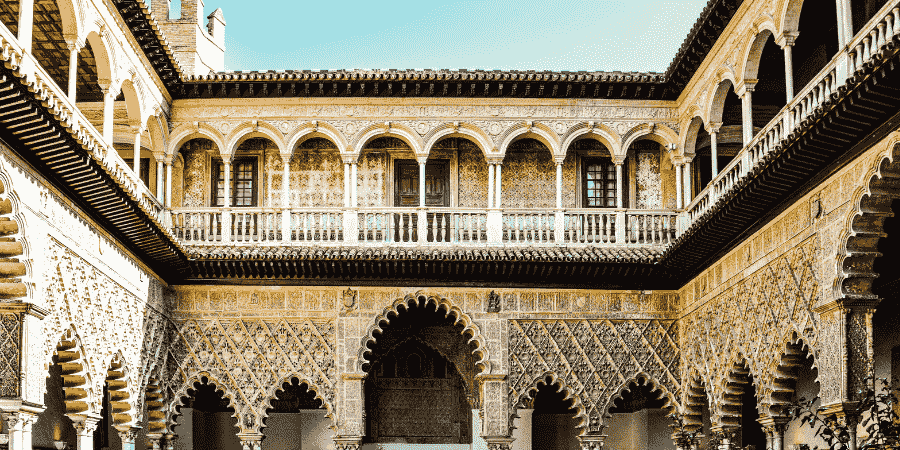
One of the cathedral’s most famous features is the tomb of Christopher Columbus, a grand and solemn tribute to the explorer. Inside you’ll find masterpieces by famous artists, gold altars and the huge Main Altarpiece considered one of the best in the world.Next to the cathedral stands La Giralda, the famous bell tower that was a minaret during the mosque’s time. Climbing its gentle ramps gives you panoramic views of the city and is one of the best photo spots in Seville.
While the cathedral is beautiful by day, seeing it at night is truly magic. The golden light highlights the Gothic and Moorish details of the architecture and is simply mesmerising. After sunset take a walk through the Barrio Santa Cruz, Seville’s old Jewish quarter, where narrow cobbled streets and historic buildings are even more beautiful at night.
Visitor Tip:
Book your tickets in advance and visit early in the morning to avoid the queues. If you love photography plan a nighttime visit to see the cathedral’s glow.
3. Plaza de España – The Most Instagrammable Spot
One of Seville’s most beautiful landmarks is nestled in Maria Luisa Park, Plaza de España. This grand plaza with semi-circular canal, bridges and ceramic tiles is a mix of Baroque, Renaissance and Moorish styles, a real masterpiece.
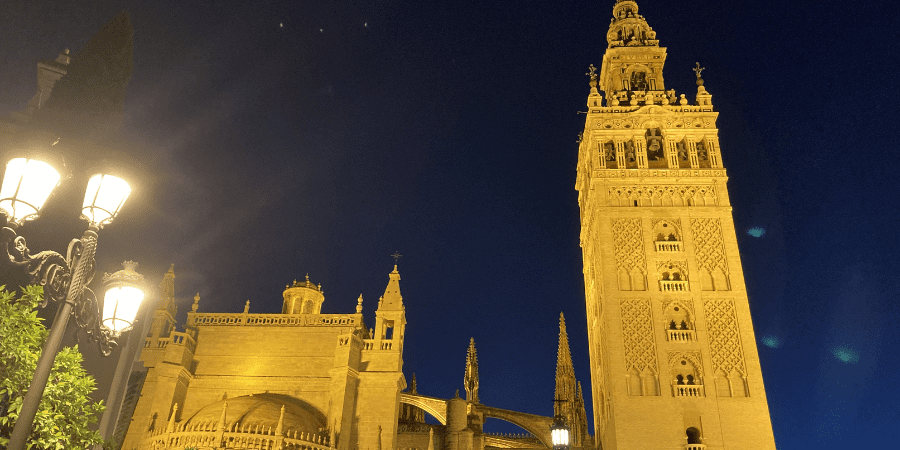
By day it’s busy with tourists, horse-drawn carriages and street performers. But at night it becomes a serene and almost magical place. The soft golden lights reflect off the water and with fewer crowds it’s the perfect spot for nighttime photography.
Visitor Tip:
Visit after sunset for a peaceful experience and crowd-free photos of one of Seville’s most beautiful landmarks.
4. Metropol Parasol – The Modern “Mushrooms” of Seville
In a city full of charm, Metropol Parasol stands out as a modern piece of architecture. Nicknamed Las Setas (“The Mushrooms”) due to the massive wooden canopy, this futuristic landmark was completed in 2011 and has since become a must see in Seville.
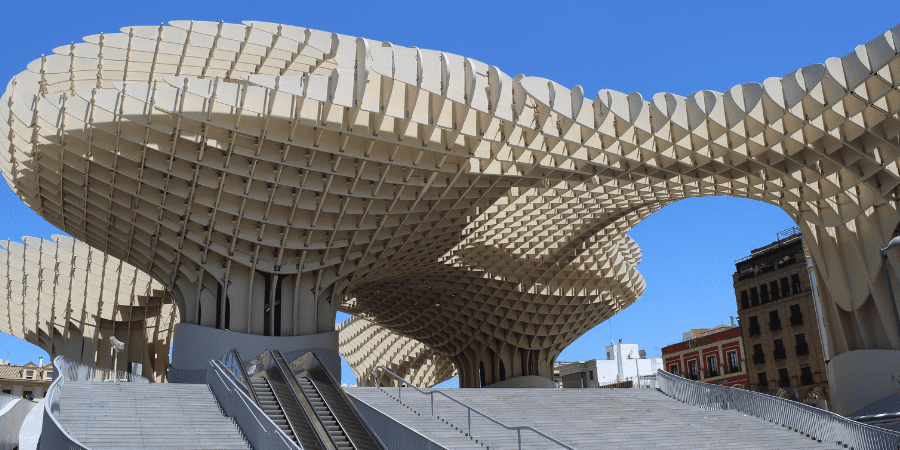
Located in the heart of Plaza de la Encarnación, it’s more than just shade. Take the elevator to the top and you’ll find a meandering rooftop walkway with some of the best views of the city. At sunset the golden light over Seville’s skyline makes this one of the most Instagrammable spots in town.
Beneath the plaza the Antiquarium Museum shows Roman ruins and mosaic patios found during the construction, a great historical contrast to this modern landmark.
Visitor Tip:
Visit just before sunset and don’t forget to check out the Antiquarium Museum below for a glimpse into Seville’s past.
5. Flamenco Show in Triana – Experience the Seville Soul
Few things capture the Seville soul like a flamenco show. This passionate art form born in Andalusia is more than music and dance – it’s emotion, history and culture. And while you can find flamenco shows all over Spain, nowhere does it better than Seville.
Triana is the birthplace of flamenco so it’s the best place to see an authentic show. Whether you choose a small tablao or a dinner show, the energy, rhythm and intensity of the dancers and musicians will leave you spellbound. They give everything they have to every movement and the sound of stomping heels, clapping hands and soulful singing fills the air.
Visitor Tip:
Book your flamenco tickets in advance, especially for popular venues like Teatro Flamenco Sevilla or Casa de la Memoria. For a more authentic experience ask locals for their favourite hidden tablaos – you might just find a real hidden treasure!
6. Barrio Santa Cruz – Explore the Historic Jewish Quarter
Walking through Barrio Santa Cruz creates a journey to the past. Barrio Santa Cruz maintains its ancient charm as the former Sephardic Jewish district of Seville which presents visitors with a twisting network of cobblestoned lanes alongside white-walled homes and shady orange tree-studded courtyards.
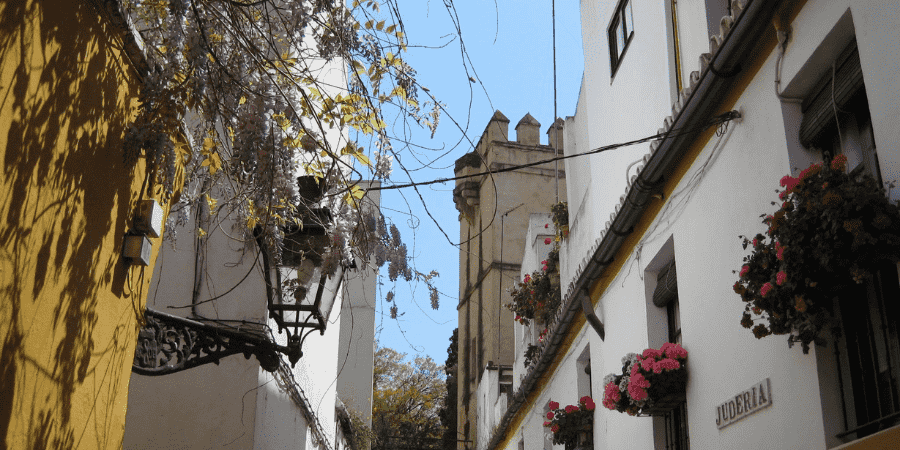
Each corner discloses another surprise which includes a historic church or a hidden courtyard and remnants of the Real Alcázar boundary defined by old city walls.
Exploring Barrio Santa Cruz properly requires seeking directions throughout this maze. Take a journey through Seville’s most charming and enchanting district via its intertwined pathways and narrow pathway system. The maze will guide you toward Seville Cathedral alongside Plaza de Doña Elvira and Alcázar Gardens.
Visitor Tip:
Barrio Santa Cruz stands as the most renowned part of Seville’s Casco Viejo historic district because it consists of numerous tiny districts. Whenever you come across a large road you understand you have reached the outskirts of this historical district so simply reverse direction to explore its maze of historic sites again.
7. Torre del Oro – Climb the Iconic Golden Tower
The Torre del Oro (Golden Tower) stands on the banks of the Guadalquivir River as a symbol of Seville that citizens and visitors recognize easily. The Moors from the 13th century constructed the military watchtower which originally served to guard Seville against enemy ships.
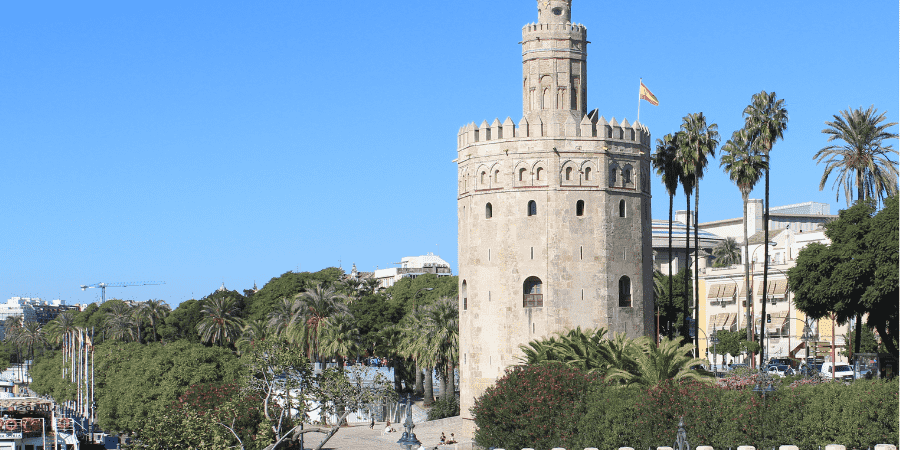
The building received its name “Golden Tower” because its river reflection used to gleam either because of a golden coating or sunset light. The parking lot of Torre del Oro (Golden Tower) contains a naval museum that displays Seville’s maritime heritage with emphasis on Spain’s age of exploration.
Climbing to the top rewards you with spectacular panoramic views of the river, the Triana district, and Seville’s skyline. It’s a short but worthwhile visit, especially if you’re exploring the riverside area.
Visitor Tip:
For the best experience, visit at sunset, when the golden hues of the tower and river are at their most breathtaking. Entry is inexpensive, and it’s even free on Mondays!
8. Parque de María Luisa – A Tranquil Escape in the City
Looking for a getaway from Seville’s busy streets? Parque de María Luisa is your haven. This green oasis is the city’s most famous park, with tall palm trees, fragrant orange groves and beautifully landscaped gardens.
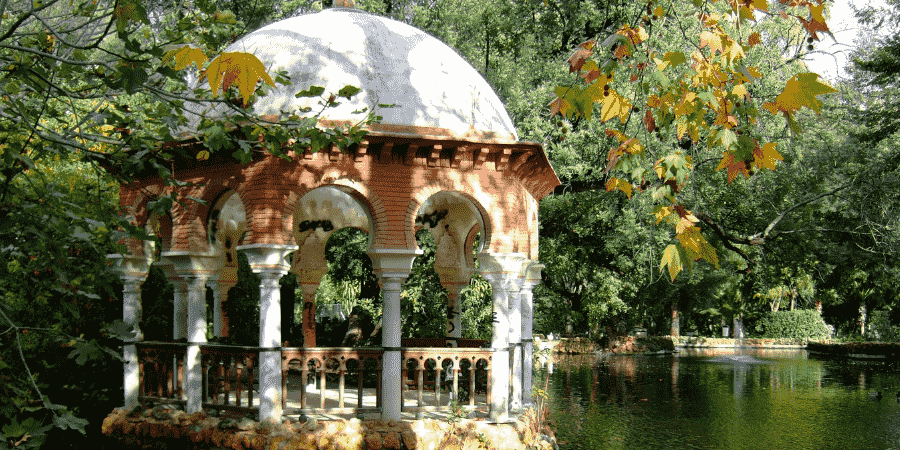
Originally part of the San Telmo Palace gardens, the park was given to the city in 1893 and later turned into a romantic public space. It has fountains, pavilions and tile covered benches, perfect for a stroll or a lazy afternoon.
Don’t miss Plaza de España inside the park or the Seville Archaeological Museum to get a glimpse of the city’s ancient past. Whether you take a horse-drawn carriage, rent a bike or simply have a picnic under the shade, this park is a must for nature lovers.
Visitor Tip:
Go early in the morning or late in the afternoon to avoid the heat. If you want something special rent a boat on the canal at Plaza de España for a lovely ride!
9. Casa de Pilatos – A Hidden Treasure
Often overlooked by the Royal Alcázar, Casa de Pilatos is a treasure that offers a more intimate and less crowded look at Seville’s aristocratic past. This 16th century palace is a mix of Moorish, Gothic, Renaissance and Mudéjar styles, one of the most eclectic buildings in the city.
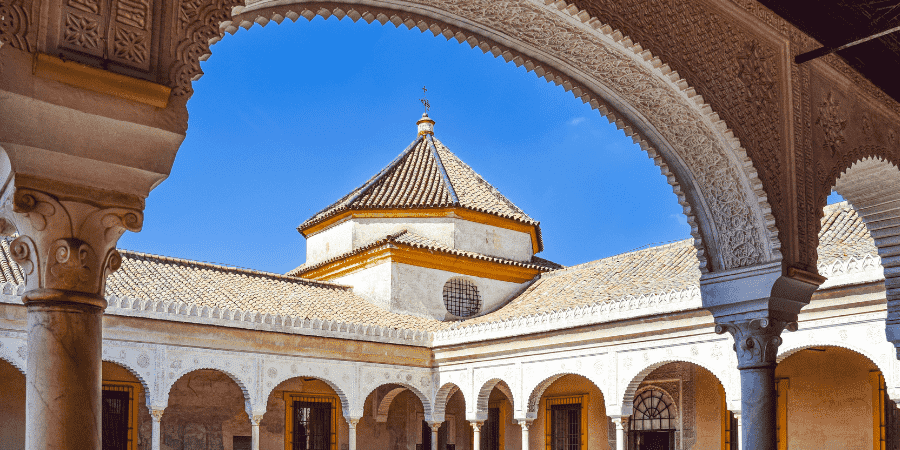
Walking through its courtyards and gardens, you’ll find carved archways, azulejo tiles and frescoes. The peaceful atmosphere is the perfect place to slow down and enjoy Seville’s artistic heritage.
Just outside the palace, visit Artesanías de Sevilla, a small shop where you can find handmade Sevillian crafts. From hand painted ceramics to ornaments, it’s a great place to get a souvenir to take home.
Visitor Tip:
Since it’s less busy than the Alcázar, Casa de Pilatos is a great alternative if you’re looking for a calmer experience. Go in the morning and the light is perfect for photography!
10. Tapas Tour – Taste Seville’s Best Local Food
No trip to Seville is complete without experiencing its famous tapas culture. The city has some of the best tapas bars in Spain where you can try different small, delicious dishes with a glass of wine or a tinto de verano.
A tapas tour is the best way to get to know real Andalusian flavours, from jamón ibérico (cured ham) and gambas al ajillo (garlic shrimp) to salmorejo (cold tomato soup) and espinacas con garbanzos (spinach with chickpeas). Join a guided food tour or hop between bars on your own, each stop will introduce you to a new flavour of Seville’s gastronomic heritage.
For an authentic experience, head to the Triana district or visit iconic spots like El Rinconcillo, one of Seville’s oldest tapas bars dating back to 1670.
Visitor Tip:
Order one or two tapas per bar and move from place to place—just like the locals do! If you’re unsure what to try, ask the waiter for the house specialty—they’ll always recommend the best dish.
11. Setas de Sevilla – Best Sunset Viewpoint
Setas de Sevilla, also known as Las Setas or the Metropol Parasol, is one of the most unique landmarks in Seville. This giant wooden structure, resembling a cluster of mushrooms, offers breathtaking panoramic views of the city from its upper-level walkway.
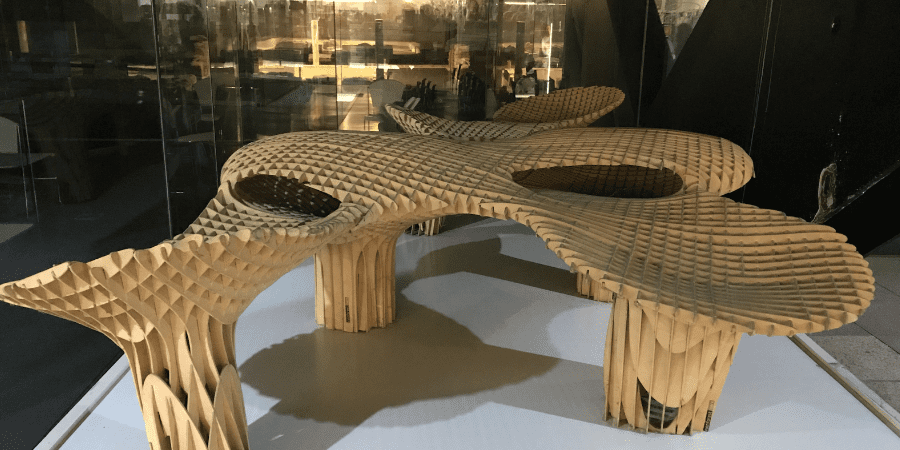
Visiting at sunset is an absolute must! As the sky turns shades of orange and pink, you’ll get an unforgettable view of Seville’s skyline, including La Giralda, Seville Cathedral, and the Alcázar. The structure itself is also beautifully illuminated at night, making it a great spot for both daytime and evening visits.
Inside, you’ll also find the Antiquarium, an underground museum showcasing Roman ruins discovered during the construction of Las Setas. It’s a fascinating contrast between ancient and modern Seville in one location.
Visitor Tip:
Tickets can be purchased on-site, but if you want to skip the line, booking in advance online is a good idea. Try to visit 30-45 minutes before sunset to catch the best views!
12. Triana Market – A Local Foodie’s Paradise
If you want to experience authentic Sevillian culture, a visit to Triana Market (Mercado de Triana) is a must. Located on the west bank of the Guadalquivir River, this lively market is a food lover’s paradise, offering a vibrant mix of fresh produce, cured meats, seafood, cheeses, and local delicacies.
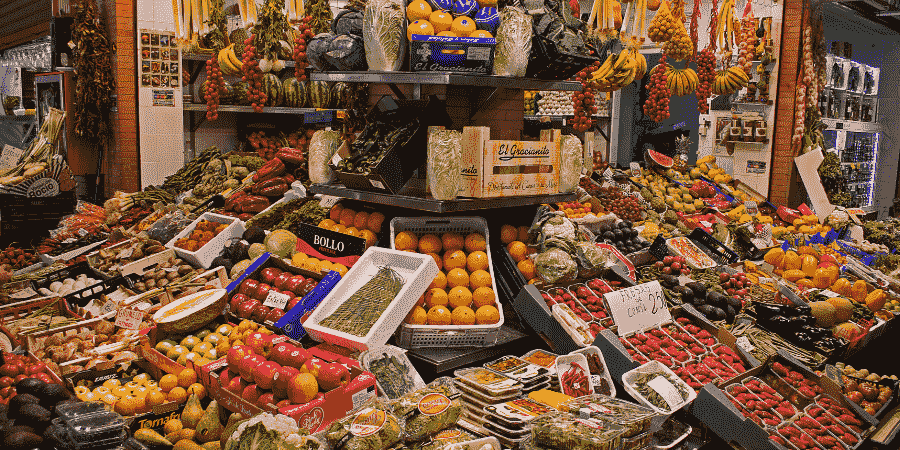
Housed in a historic building atop the ruins of Castillo de San Jorge, the former headquarters of the Spanish Inquisition, the market blends history with a truly local atmosphere. As you wander through the stalls, you can sample everything from Spanish olives and Iberian ham to artisanal pastries and regional wines.
Beyond groceries, you’ll also find tapas bars, cooking classes, and even flamenco performances, making this a great spot to eat, shop, and soak in the energy of Seville.
Visitor Tip:
Visit in the morning for the freshest selection and to see the market at its liveliest. If you’re unsure what to try, grab a montadito (small sandwich) and a glass of local sherry—a true Sevillian treat!
13. Guadalquivir River Cruise – A Unique Pespective of Seville
Seville owes its very existence to the Guadalquivir River, the only navigable river in Spain. This river was instrumental in making Seville a significant port city in the past, greatly contributing to its wealth and power.
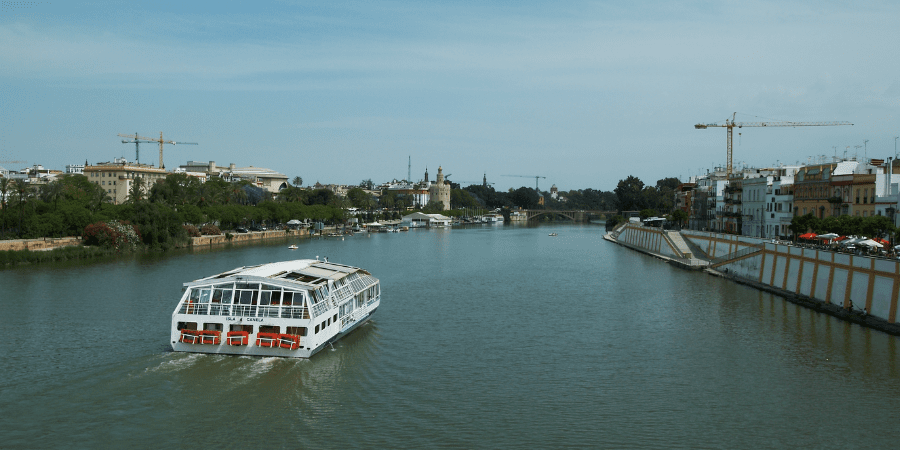
Consequently, many of Seville’s most impressive historic buildings line the riverfront, and traveling over the water feels like taking a trip back in time. Enjoy an evening cruise where you can learn more about the city’s history and the significance of its river, and you might even be treated to a delicious dinner as you watch the night fall.
Best Areas & Hotels in Seville
When you stay in Seville, choose neighbourhoods that have historic charm and modern comforts. Here are a few top picks:
- Casco Viejo (Old Town):
Stay close to main attractions like Seville Cathedral, Barrio Santa Cruz and Alcázar. This area is perfect if you want to be surrounded by history and culture, with lots of boutique hotels and traditional guesthouses. - Triana:
The heart of flamenco and local cuisine, Triana is where you’ll find a more authentic Sevilla experience. Here you’ll find charming B&Bs and stylish boutique hotels where you can live like a local and be just a short walk from the river and markets. - Alameda de Hércules:
For a trendier vibe with plenty of cafés, bars and nightlife, this area is perfect. Modern hotels and hostels for budget travellers and luxury seekers.
Visitor Tip:
Book your hotel well in advance, especially in summer. Check reviews and choose hotels with easy access to public transport so you can explore Seville on foot or by bus!
Must-Try Traditional Dishes in Seville
Seville’s food scene is a mix of rich flavours and traditional recipes. When you’re here, try these iconic dishes:
- Tapas:
From jamón ibérico to gambas al ajillo (garlic shrimp), these little plates let you taste a bit of everything. Try different tapas in different bars to fully experience the local food culture. - Salmorejo:
A thicker and creamier version of gazpacho, this chilled tomato soup is refreshing and rich, perfect for a hot Seville afternoon. - Espinacas con Garbanzos:
A hearty dish of spinach and chickpeas, seasoned with aromatic spices—a true comfort food. - Flamenquín:
Made with ham and pork, this deep-fried roll is crispy on the outside and juicy on the inside—a texture mix.* Torrijas:
Spanish-style French toast, popular during Easter but available all year round, served with cinnamon and honey.
Visitor Tip:
Don’t be afraid to ask locals for their favourite dishes or hidden gems where you can enjoy Sevillian cuisine. A great strategy is to do a tapas crawl—this way you can try a bit of everything without overdoing it in one spot!
Day Trips from Seville
Seville is a great base to explore Andalusia, with historic cities, charming villages and natural wonders just a short trip away. Here are some of the best day trips from Seville:
1. Córdoba – The Mezquita & Historic Old Town (45 min by train)
Former capital of Islamic Spain, Córdoba is home to the stunning Mezquita-Catedral, a mosque-turned-cathedral with incredible Moorish arches. Walk through the Jewish Quarter (Judería), visit the Alcázar de los Reyes Cristianos and explore the city’s famous flower-filled patios.
Tip: Buy skip-the-line tickets for the Mezquita to avoid queuing.
2. Ronda – The Cliffside White Town (Approx. 1.5-2 hours by car)
Ronda is one of Spain’s most spectacular pueblos blancos (white villages), dramatically perched on a cliffside. The Puente Nuevo, a massive stone bridge spanning the El Tajo Gorge, offers breathtaking views. Visit Plaza de Toros, one of Spain’s oldest bullrings, and explore the charming streets of the Old Town.
Tip: Arrive early to beat the crowds and capture stunning photos of the gorge and bridge.
3. Cádiz – Spain’s Oldest Coastal City (Approx. 1.5 hours by train)
Surrounded by the Atlantic Ocean, Cádiz is famous for its golden beaches, fresh seafood, and charming old town. Visit the Cádiz Cathedral, walk along the Malecón-style promenade, and enjoy fresh fish at the Mercado Central de Abastos.
Tip: Try the fried fish (pescaíto frito)—a local specialty best enjoyed at a beachside restaurant.
4. Jerez de la Frontera – The Home of Sherry & Equestrian Arts (Approx. 1 hour by train)
Jerez is the birthplace of sherry wine and home to the Royal Andalusian School of Equestrian Art. Take a tour of a sherry bodega, watch an equestrian show, and visit the Alcázar of Jerez for a glimpse into its Moorish past.
Tip: Book a sherry tasting tour at Bodegas Tío Pepe or González Byass for an authentic experience.
Final Tip:
Most of these destinations are easily accessible by train, car, or guided tour. If you’re short on time, consider booking a combo tour that includes multiple destinations in one day!
Travel Tips for Seville
Seville is an incredible city to explore, but knowing how to get around, stay safe, and manage your budget can make your trip even better. Here are some must-know travel tips to help you navigate Seville like a pro!
Getting Around Seville
Walk as Much as Possible
Seville’s historic center is compact, making it perfect for walking. Many top attractions like Seville Cathedral, Alcázar, and Plaza de España are within walking distance of each other.
Tip: Wear comfortable shoes—the city’s cobbled streets can be tough on your feet!
Public Transport: Trams & Buses
- Tram (MetroCentro): Covers the city center from Plaza Nueva to San Bernardo station.
- Buses (TUSSAM): Affordable and extensive; single ticket costs €1.40, but a rechargeable Tarjeta Multiviaje card offers discounts.
- Metro: Seville has one metro line, useful for reaching areas outside the city center.
Tip: Google Maps and the TUSSAM app are great for checking routes and schedules.
Rent a Bike – Seville is Super Bike-Friendly!
Seville has an excellent network of bike lanes, and cycling is one of the best ways to explore. You can rent bikes from:
- Sevici (Public Bike System) – Short rides are free with a subscription.
- Private rentals – Many shops offer daily rentals for around €10-15/day.
Tip: Be mindful of pedestrians in the historic center, where some streets are too narrow for bikes.
Taxis & Rideshares
Taxis in Seville are regulated and metered, with fair prices. A typical city ride costs €5-10. Apps like Cabify, Uber, and Bolt also operate in Seville.
Tip: Avoid unofficial taxis and always check that the meter is running.
Day Trips? Use Trains or Buses
- Renfe trains: Great for visiting Córdoba, Granada, or Cádiz.
- Buses (Plaza de Armas station): Ideal for budget-friendly day trips to nearby towns.
Safety Tips in Seville
Seville is generally safe, but like any tourist destination, you should take precautions:
✅ Watch out for pickpockets, especially in crowded areas like Barrio Santa Cruz, Metropol Parasol, and Plaza de España.
✅ Keep your bag in front of you in markets, public transport, and busy streets.
✅ Be cautious of overly friendly strangers or street performers trying to distract you.
✅ Avoid quiet, poorly lit streets late at night, especially in non-touristy areas.
✅ Emergency number: Dial 112 for police, ambulance, or fire services.
Tip: If someone tries to sell you rosemary, bracelets, or ask for signatures, just walk away—this is a common scam targeting tourists.
Budget Tips for Seville
Seville can be very affordable if you know where to save!
Cheap Eats & Tapas on a Budget
- Go for tapas instead of full meals – You can eat well for €10-15 per person.
- Best cheap tapas bars: Try Bodega Santa Cruz, El Rinconcillo, or Casa Morales.
- Menu del Día (Lunch Special) – Many restaurants offer a 3-course lunch for €10-12.
- Eat where locals eat – Avoid places with tourist menus in English; they tend to be overpriced.
Tip: Try Montaditos (small sandwiches) and Salmorejo (cold tomato soup)—cheap and delicious!
Save on Attractions
- Combo tickets: Buy combined tickets for the Alcázar & Seville Cathedral to save money.
- Free Entry Days:
- Real Alcázar – Free on Monday afternoons.
- Museo de Bellas Artes – Always free for EU citizens.
- Metropol Parasol – Only €5 for panoramic views.
- Seville Card – If visiting multiple museums, it can save you money on entrance fees.
Tip: Many churches and historical sites have free or donation-based entry.
Best Time to Visit Seville
- Best seasons: Spring (March-May) & Fall (September-November) – Perfect weather & fewer crowds.
- Avoid summer (June-August) – Seville gets extremely hot (up to 45°C / 113°F!).
- Biggest festivals:
- Semana Santa (Holy Week) – March/April – Huge religious parades.
- Feria de Abril (April Fair) – Flamenco, food, and fun!
Tip: If visiting in summer, explore in the early morning or late evening to avoid the heat.
Final Thoughts
Seville’s rich history, breathtaking architecture, and vibrant flamenco culture make it a must-visit destination in Spain. From the stunning Alcázar of Seville to the lively streets of Barrio Santa Cruz, there’s something for every traveler.
If you love exploring historic cities, check out Dubrovnik, Croatia with its stunning medieval walls, or relax on the beautiful beaches of Tenerife, the jewel of the Canary Islands.

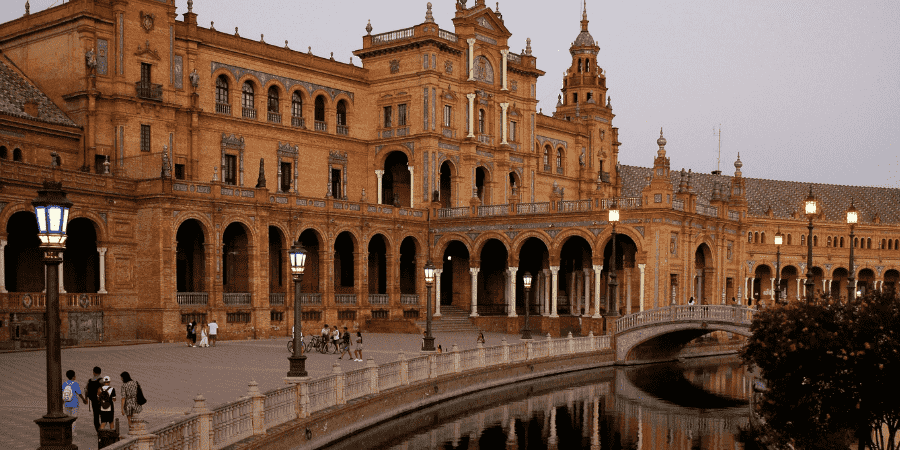
No responses yet